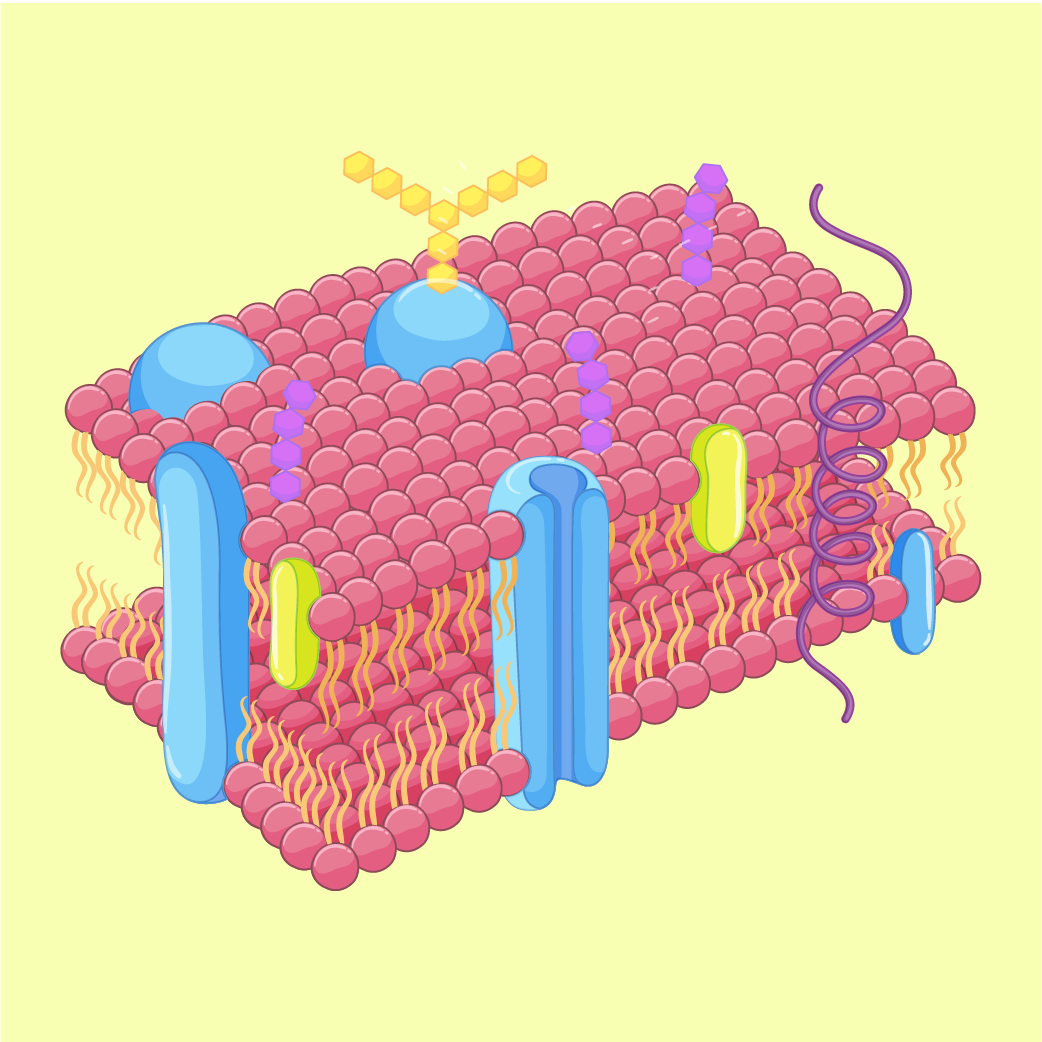Chapter 3: Movement of Substances Across Plasma Membrane
What you need to learn in this chapter

In this chapter, we will learn about the movement of substances across the plasma membrane. We will start by understanding the structure of the plasma membrane and its components based on the fluid mosaic model. We will also discuss why it is necessary for substances to move across the membrane. Next, we will explore the concept of movement across the plasma membrane. We will learn about the characteristics of substances that can move across the membrane, such as size, polarity, and ionic charge. We will also conduct experiments using Visking tubing and a simple osmometer to study the movement of substances across a selectively permeable membrane. Moving on, we will examine how substances move across the plasma membrane in living organisms. We will discuss passive transport, where substances move from an area of high concentration to a low concentration without the use of energy. We will also explore active transport, where substances move against the concentration gradient with the use of energy. Lastly, we will look at the application of movement across the plasma membrane in daily life. We will conduct an experiment to determine the concentration of cell sap in plant tissue and correlate it with the phenomenon of plant wilting. This chapter will provide us with a deeper understanding of how substances move across the plasma membrane and its significance in living organisms and everyday life.
Topics in this chapter
Live Tuition Recordings




Challenge your friend in timed Quiz battle
Learn more »